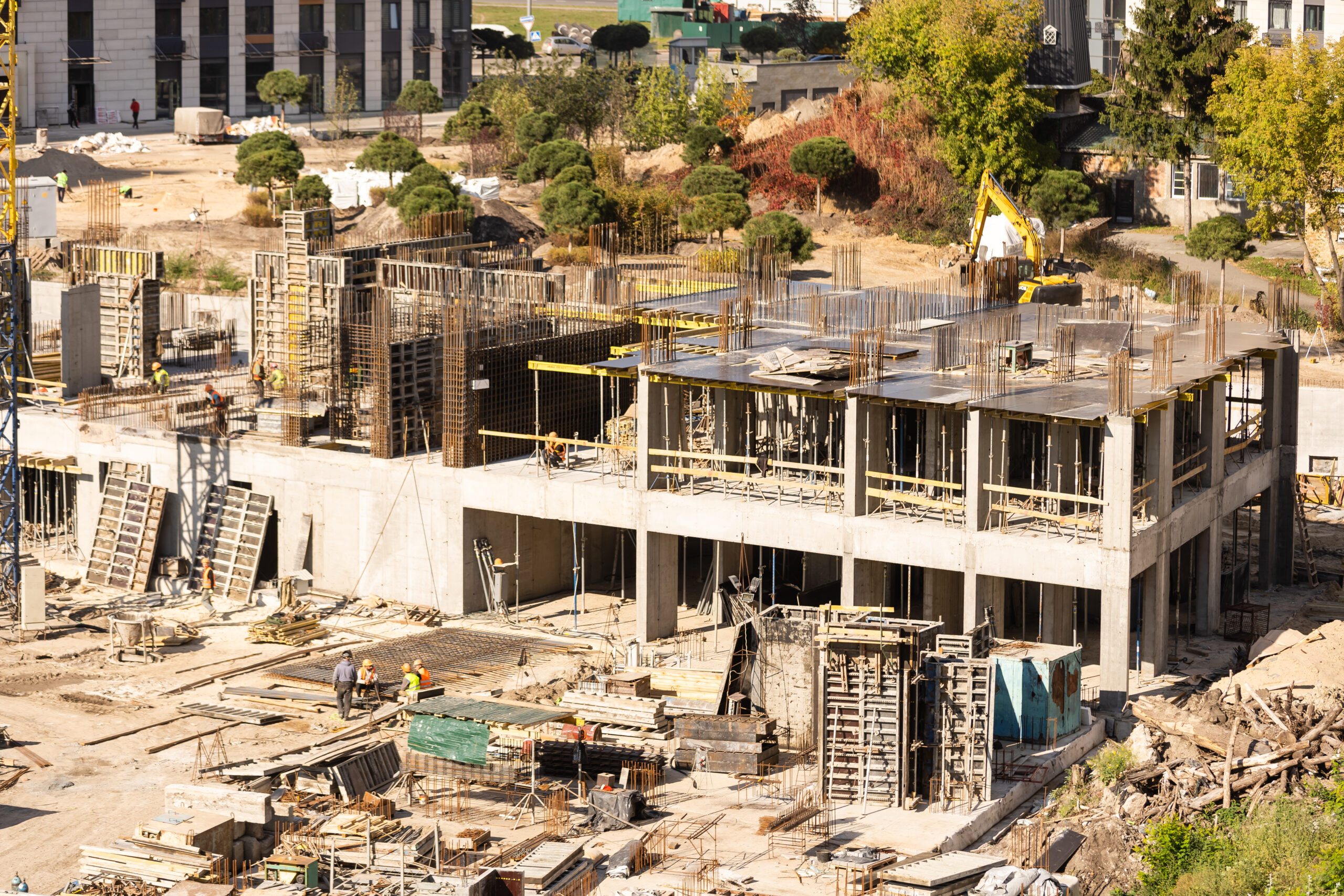The Promise and Challenges of Affordable Housing Policies

Affordable housing policies have emerged as a valuable tool for creating mixed-income communities and expanding access to affordable housing opportunities. While these policies have been successfully implemented in various settings, their effectiveness depends on the specific housing market conditions and policy design.
One of the key requirements for successful affordable housing policies is the presence of a growing market where new housing development is actively taking place. Because these policies rely on market-rate development to support affordable units, they are best suited to neighborhoods experiencing economic growth and rising demand for housing. However, intervention in private markets often sparks controversy, necessitating careful policy considerations to maximize benefits while mitigating unintended consequences.
To ensure that affordable housing requirements do not inadvertently hinder development, many cities conduct economic feasibility studies. Research confirms that poorly structured programs can slow down construction by making landowners less willing to sell. However, when properly implemented, such programs successfully balance affordability requirements without negatively impacting market-rate housing production.
Contrary to some concerns, housing developers cannot simply pass on the costs of affordable units to other tenants, as rental and purchase prices are already dictated by what the market can bear. Instead, the financial burden typically falls on land prices, as developers adjust their bids accordingly. Nonetheless, excessively high or rapidly increasing affordability requirements may disrupt land sales and, in turn, development.
Beyond economic considerations, affordable housing policies offer significant social benefits. Research highlights the positive impact of integrating lower-income households into higher-income neighborhoods, particularly in terms of access to better schools, amenities, and overall living conditions. While integration at the building level has yet to demonstrate additional advantages, neighborhood-level inclusion remains a strong argument in favor of such programs. Many successful initiatives combine both on-site and off-site developments to achieve meaningful socioeconomic integration.
Additionally, successful affordable housing policies require careful collaboration between policymakers, developers, and community stakeholders. Striking a balance between incentivizing development and maintaining long-term affordability is crucial. Cities must also explore complementary strategies such as subsidies, tax incentives, and zoning reforms to create a supportive environment for these programs.
Moreover, public perception and community buy-in play a crucial role in the success of affordable housing policies. Transparent communication and community engagement can help dispel misconceptions and build broader support for these initiatives. When residents see tangible benefits, such as improved infrastructure and economic growth, opposition to affordability mandates often decreases.
Overall, affordable housing policies serve as a crucial tool in fostering diverse, equitable communities. However, to realize their full potential, policymakers must tailor programs to local market conditions, conduct rigorous feasibility studies, and strike a balance that encourages development while ensuring long-term affordability. A well-structured approach that includes economic foresight, social integration, and policy flexibility can ensure that these initiatives achieve their intended outcomes and benefit communities for years to come.





